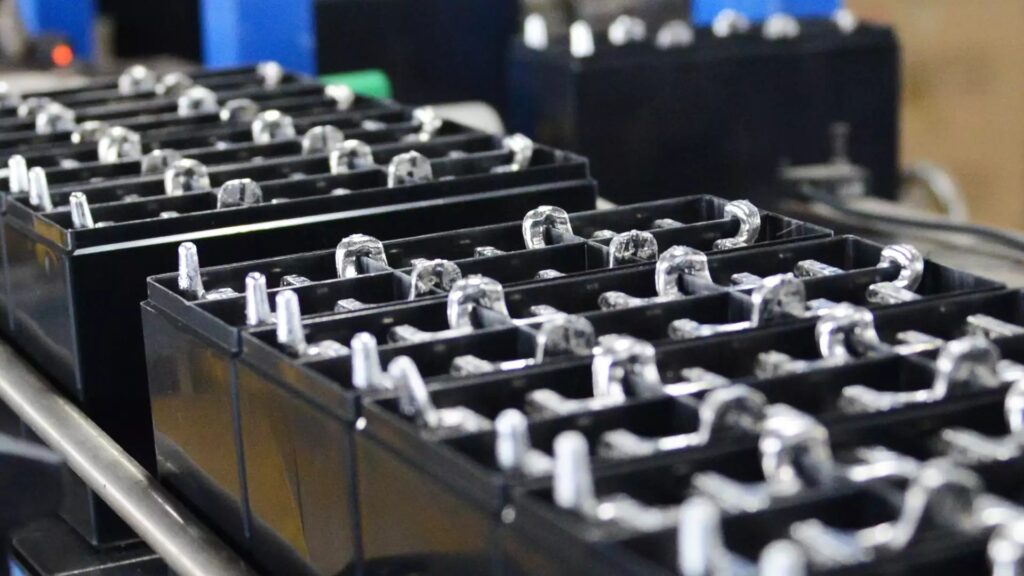Several factors can influence the lifespan and performance of lead-acid batteries.
- Depth of Discharge (DoD): Lead-acid batteries have a limited number of charge-discharge cycles, and the depth to which they are discharged in each cycle affects their lifespan. Shallower discharge cycles generally lead to longer battery life.
- Temperature: Lead-acid batteries are sensitive to temperature. High temperatures can accelerate the rate of chemical reactions inside the battery, leading to faster degradation. Conversely, extremely low temperatures can reduce the battery’s ability to deliver power effectively.
- Overcharging and Undercharging: Both overcharging and undercharging can damage lead-acid batteries. Overcharging can cause excessive gassing and water loss, while undercharging can lead to sulfation, a condition where sulfate crystals form on the battery plates, reducing capacity.
- Vibration and Shock: Excessive vibration or shock can damage the internal components of lead-acid batteries, leading to premature failure.
- Sulfation: Sulfation occurs when sulfate crystals build up on the battery plates, reducing the battery’s capacity and ability to hold a charge. This can happen if the battery is left in a discharged state for an extended period.
- Water Loss: Lead-acid batteries require periodic topping up with distilled water to replace water lost during the charging process. Failure to maintain proper water levels can lead to reduced battery performance and lifespan.
- Corrosion: Corrosion of terminals and connections can increase resistance in the battery circuit, reducing efficiency and potentially causing premature failure.
- Chemical Impurities: Contaminants in the electrolyte or on the battery plates can interfere with the chemical reactions that occur during charging and discharging, leading to reduced performance and lifespan.
- Overdischarge: Allowing a lead-acid battery to remain in a deeply discharged state for an extended period can cause irreversible damage to the battery, reducing its capacity and lifespan.
- Manufacturing Quality: The quality of materials and construction methods used in manufacturing lead-acid batteries can significantly impact their lifespan and performance. Higher quality batteries tend to have longer lifespans and better overall performance.
By addressing these factors and implementing proper maintenance and usage practices, it’s possible to maximize the lifespan and performance of lead-acid batteries.


